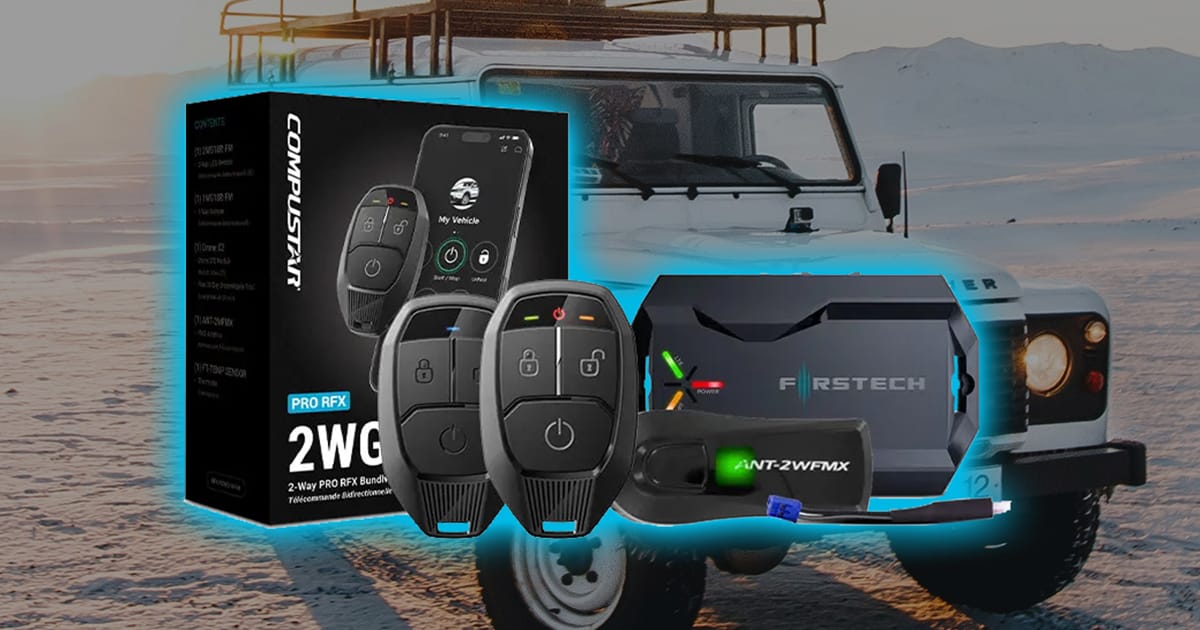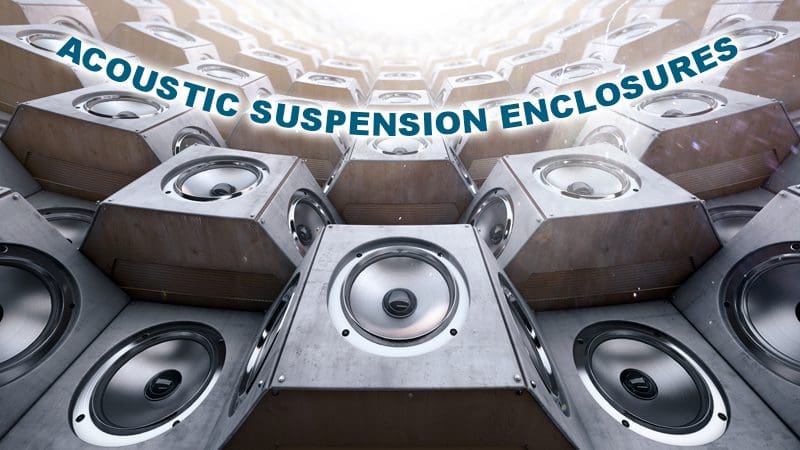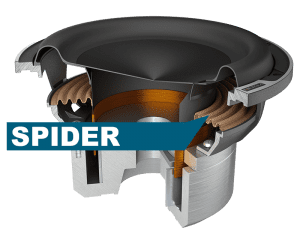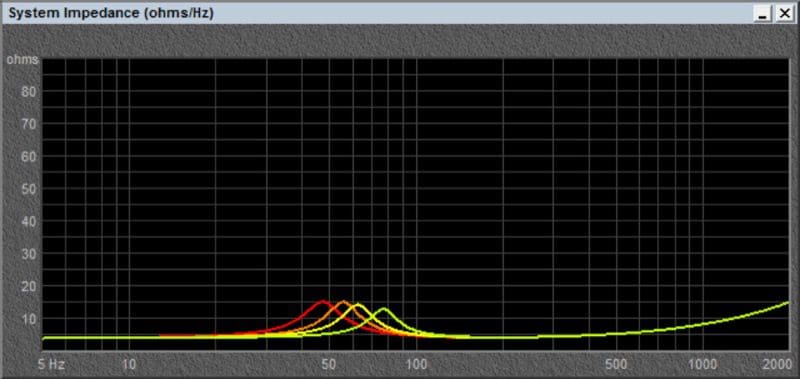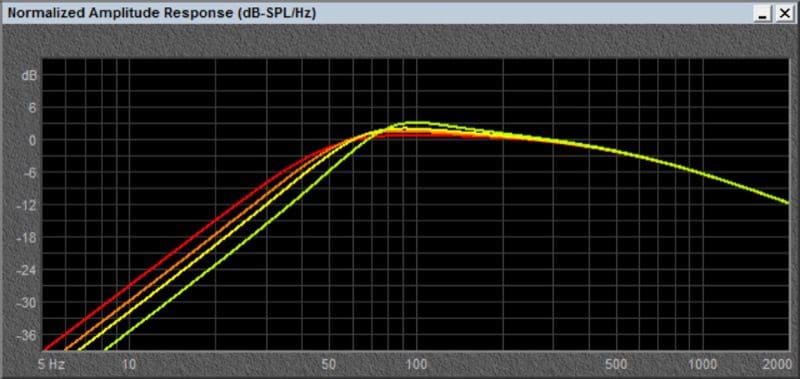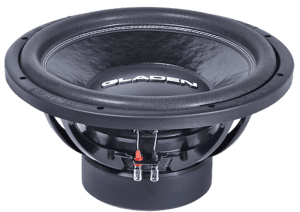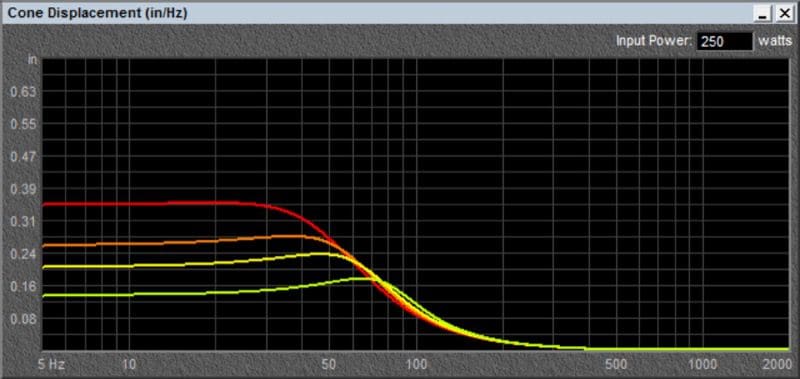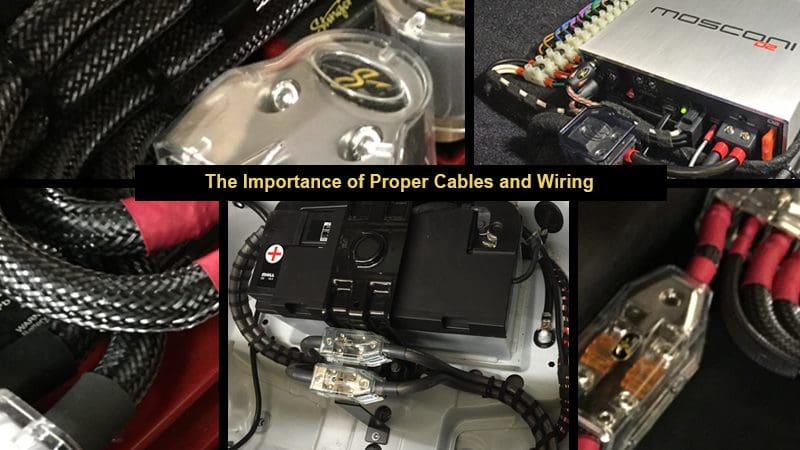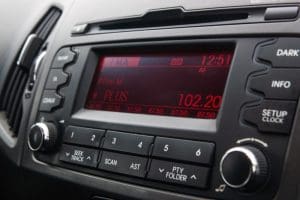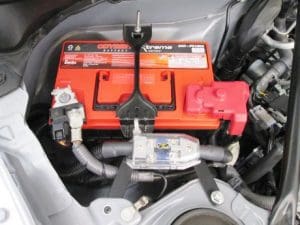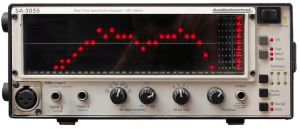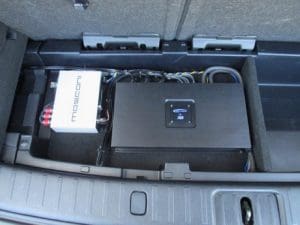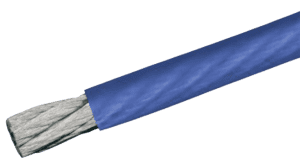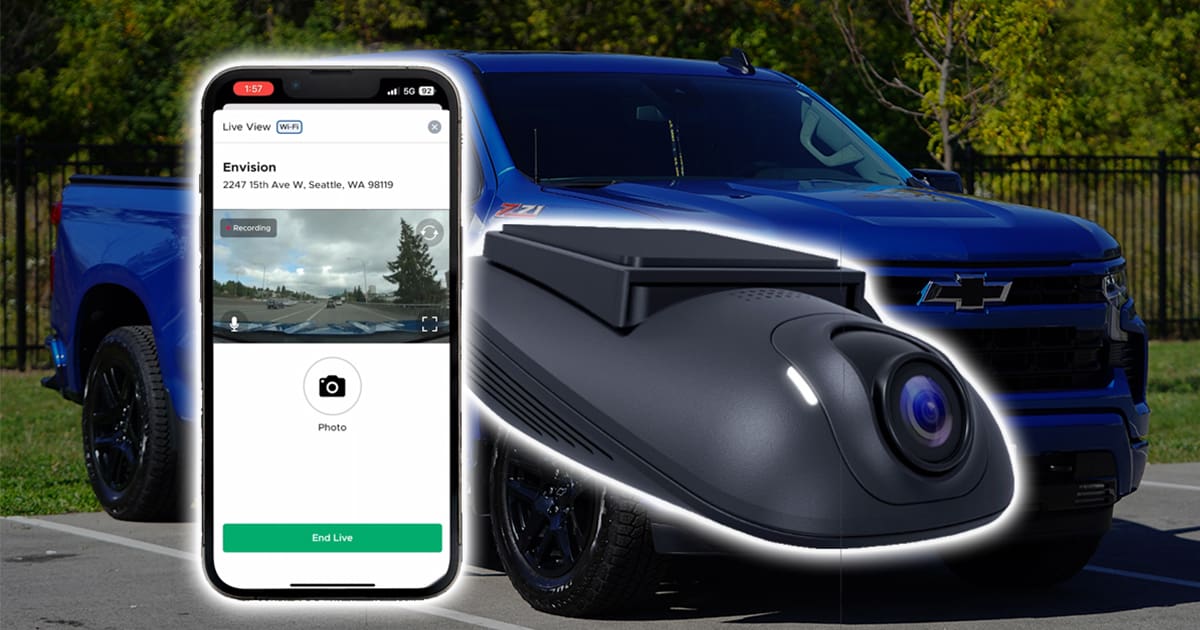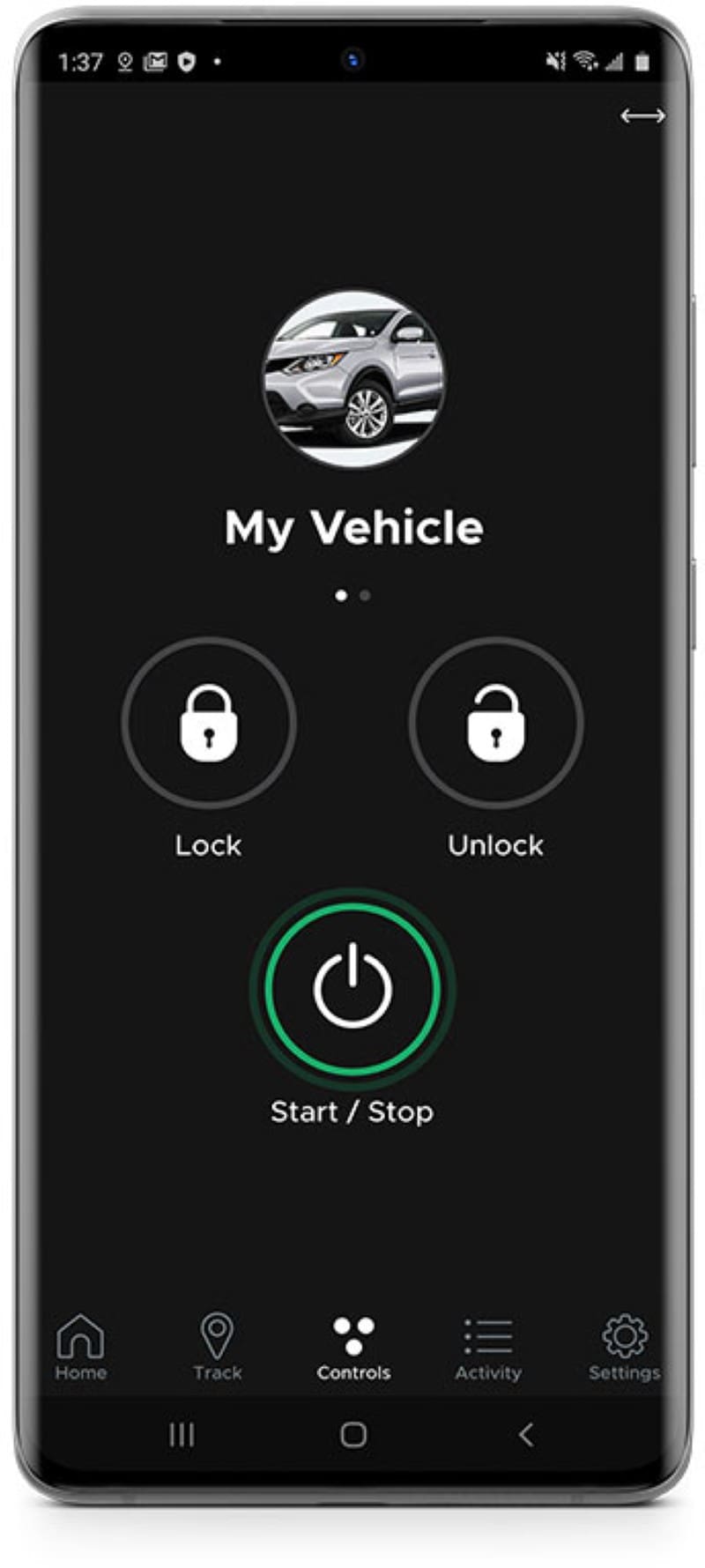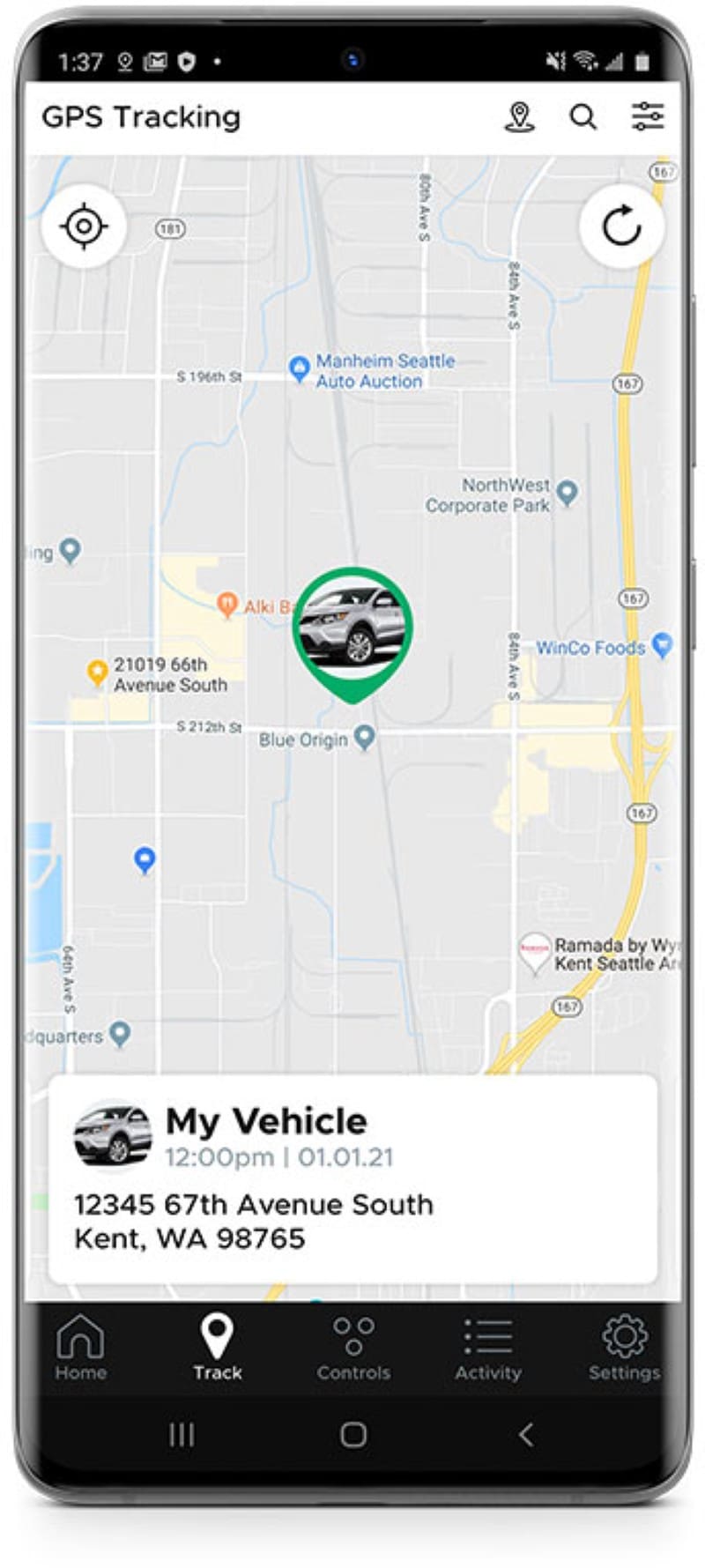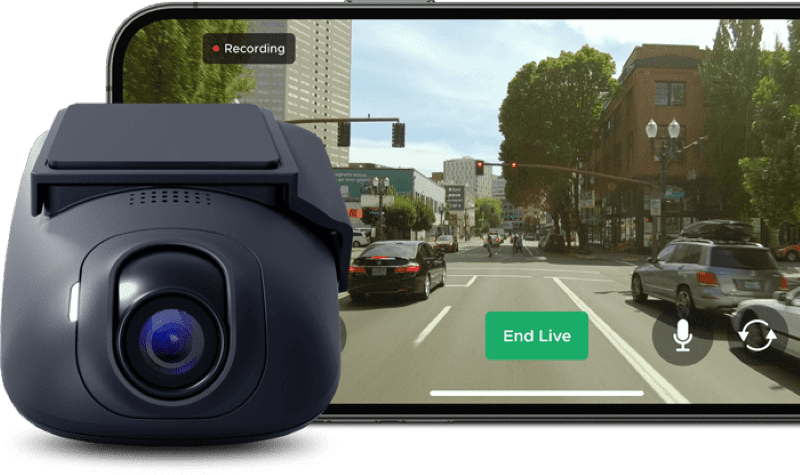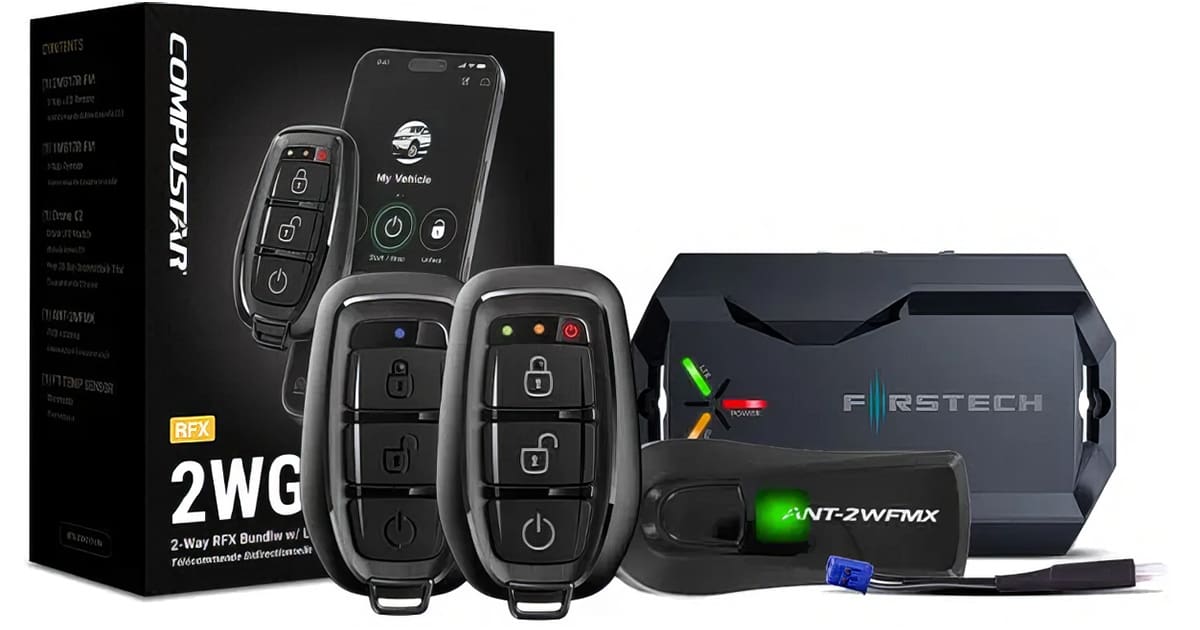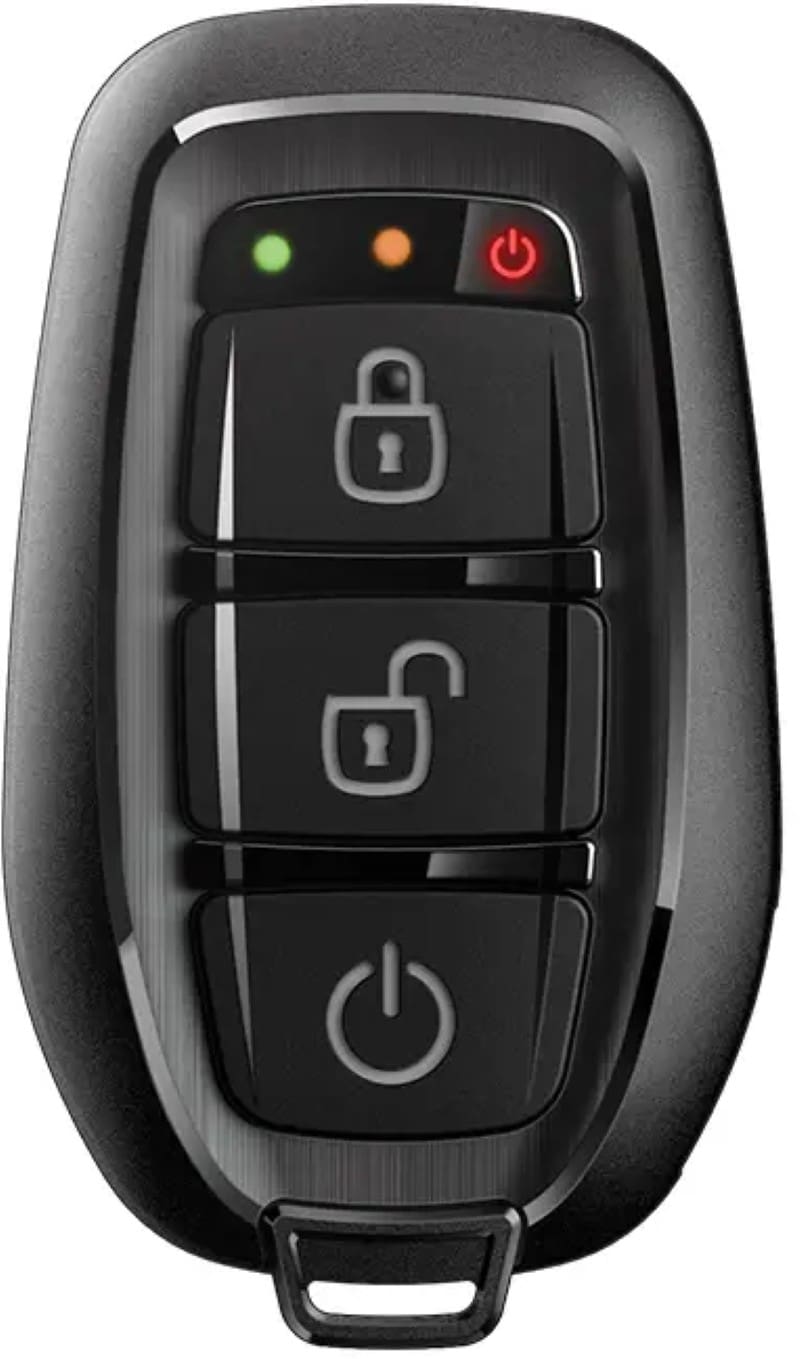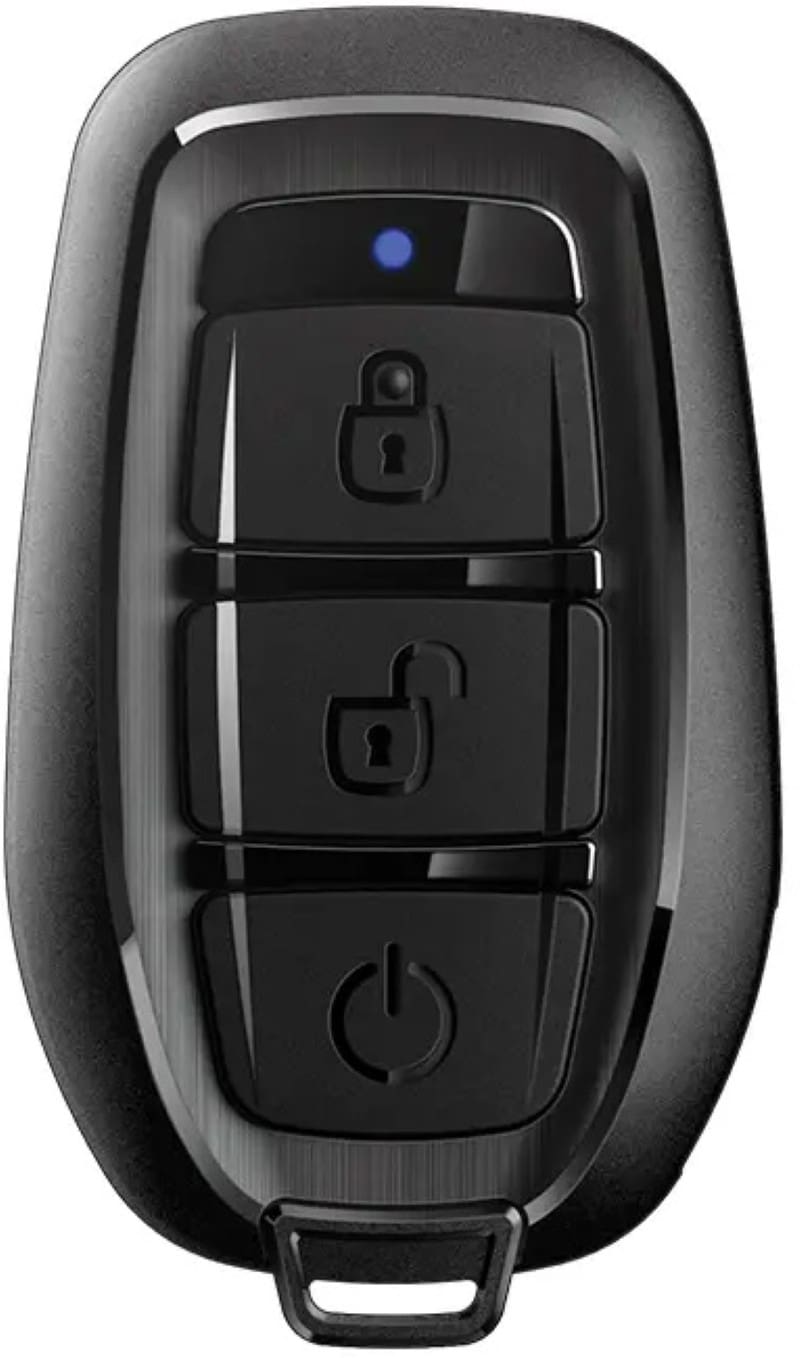At their heart, most remote car starters are the same. When you press a button on a wireless remote, a remote start controller integrated into the vehicle will start the engine. In reality, the features of the remote and the controller play a significant role in determining the usability and features of the starter system. We will look at the Compustar Pro 2WG18 LTE remote key in this Product Spotlight. Let’s check it out!
What is the Compustar Pro 2WG18 LTE Remote Car Starter?
Compustar offers its dealers several different remote kits and controller modules so that they can piece together a remote car starter solution that offers the features you want at a number of price points. The 2WG18 kit is an affordable two-way remote kit, making it a popular solution.
Two remotes offer bidirectional communication with the remote start controller. Unlike one-way remotes, a two-way unit will notify you when the doors lock or unlock or when the remote start process has begun. The 2WG18 remotes have three LEDs across the top. They also have a built-in beeper to provide audible confirmation that the command has been executed.
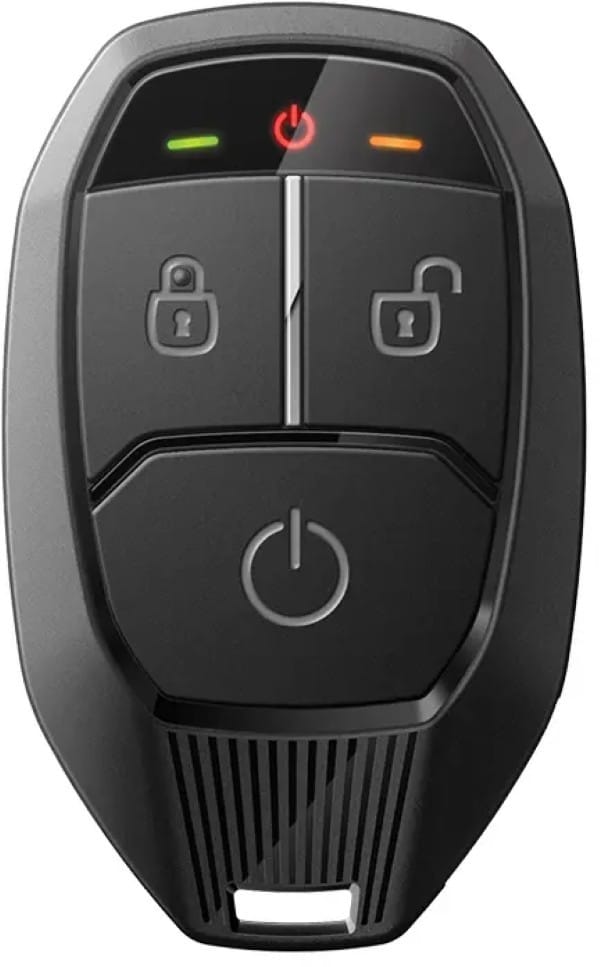
The 2WG18 remotes have three buttons, one for lock, one for unlock and one for remote start. If you have a vehicle with a power trunk or tailgate release, the 2WG18 remotes will control up to two auxiliary outputs. Pressing the start button and the lock button twice activates auxiliary output one. Tapping the start button and then the unlock button twice will activate auxiliary output two. If you have a minivan with a power sliding door, this second output can be used to open it remotely.
Other features accessible by holding multiple buttons simultaneously include Turbo Timer activation, horn or siren chirp confirmation toggling, ignition-controlled door locks and more.
Under ideal conditions, the remotes offer up to 3000 feet of range. This means you can remote start the vehicle from the check-out at the local grocery store, from the table at your favorite restaurant, or anywhere inside your house.
Compustar Pro Remote Features and Components
The Pro 2WG17 LTE kit comes with a pair of remotes. There’s the main two-way three-button remote, and a secondary one-way companion remote. They look the same, but the second remote doesn’t have the two-way communication.
The kit also includes the antenna to connect to the controller and an FT-TEMP temperature sensor. This sensor lets the controller know the temperature inside the vehicle. Your installer can program the remote starter to activate optional outputs for the rear window defroster, heated seats or heated steering wheel if it’s below freezing when you start the vehicle.
All Compustar remotes are weather-resistant. Should you drop your keys in a puddle or a slushy snowbank, they will be OK. Further, because this is a Pro-Series solution, the remotes are backed by a three-year warranty against manufacturing defects.
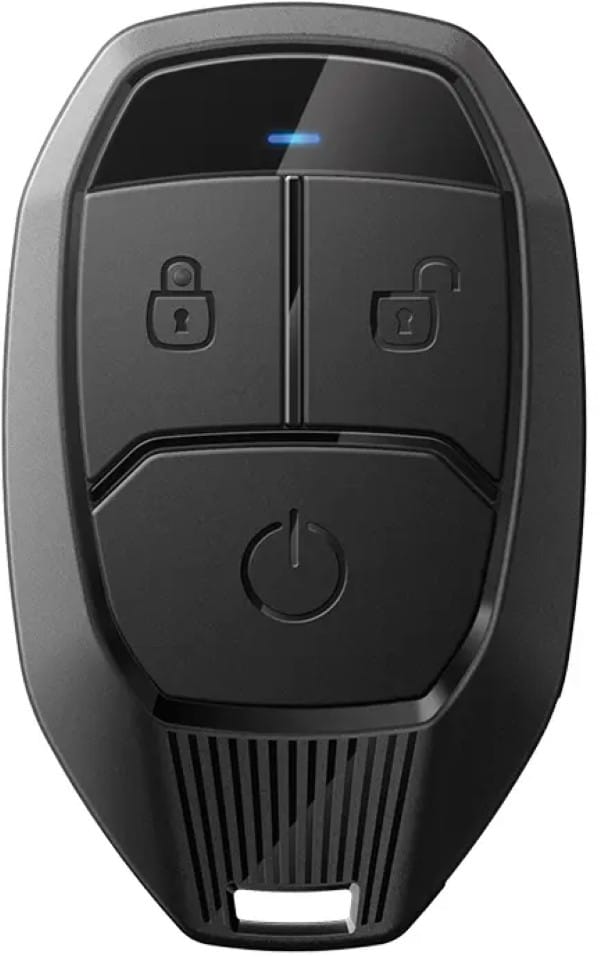
DroneMobile Smartphone Control Solution
The kit also includes a DroneMobile X2-LTE smartphone control interface module. This computerized communication device allows you to send commands from the DroneMobile app on your smartphone to the vehicle over the cellular data network. The vehicle will confirm the command has been executed on the app, just like a two-way radio-frequency remote.
The DroneMobile system has additional features like GPS-based locating and tracking that are unlocked with more premium service plans. If your kids borrow your vehicle and you want to know where they are, a quick tap on your smartphone screen shows their location and speed if they are moving. You can configure location-based alerts as well. This is an excellent feature for commercial tracking applications. Geofences are an ideal solution if you want to know when a specific vehicle leaves the office. Your authorized DroneMobile retailer can explain all the options and the cost of the service plans.
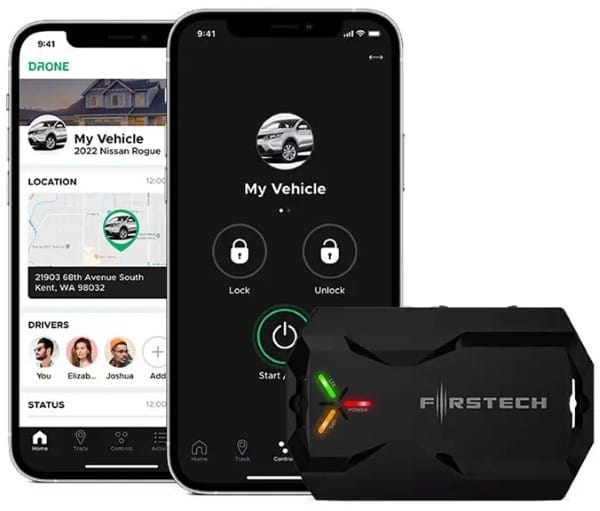
The Industry’s Best Remote Car Starter Solutions
If you want an affordable two-way remote starter for the family SUV, a Compustar system with the Pro 2WG18 remotes is a perfect solution. Drop into a local Compustar retailer today to find out what options will make your vehicle more comfortable on a cold winter or hot summer day.
Compustar remote starters are designed to work with most vehicles equipped with a key or push-to-start ignition system. Likewise, they offer industry-leading safety interfaces for vehicles equipped with a manual transmission. Finally, they work with most gasoline, diesel and even hybrid vehicles.
You can find a retailer near you by visiting the Compustar website and using their dealer locator tool.
Follow Compustar on Facebook, Instagram and YouTube to stay up to date with all their new product releases and educational videos.
This article is written and produced by the team at www.BestCarAudio.com. Reproduction or use of any kind is prohibited without the express written permission of 1sixty8 media.
